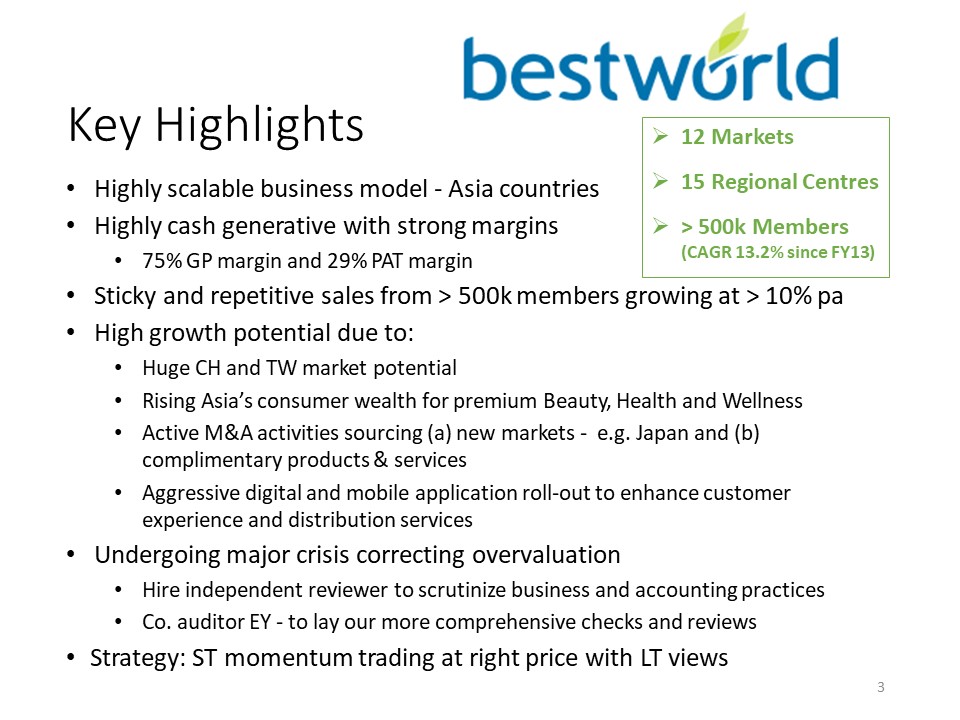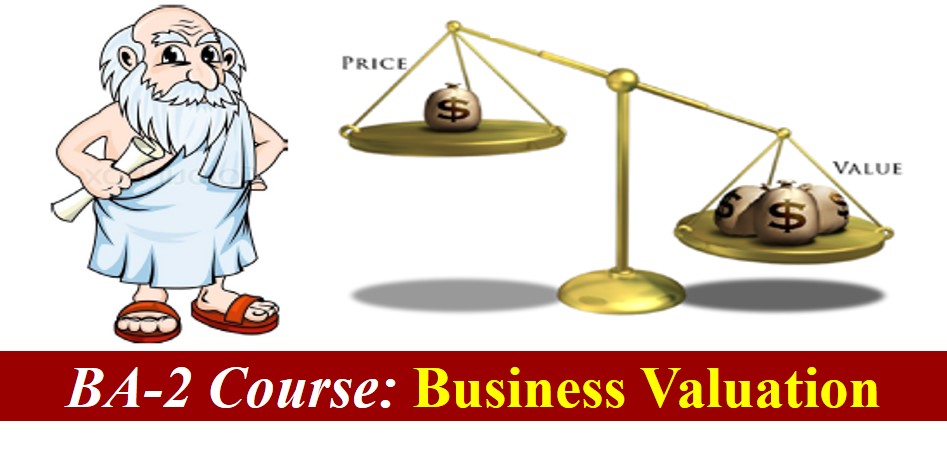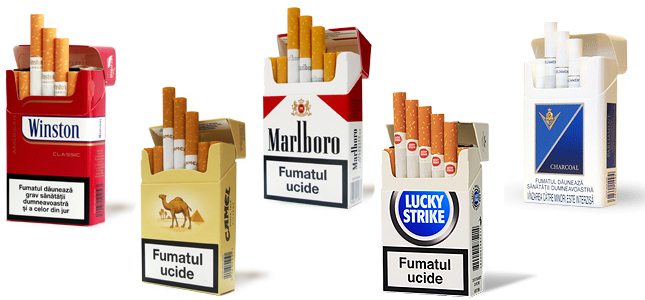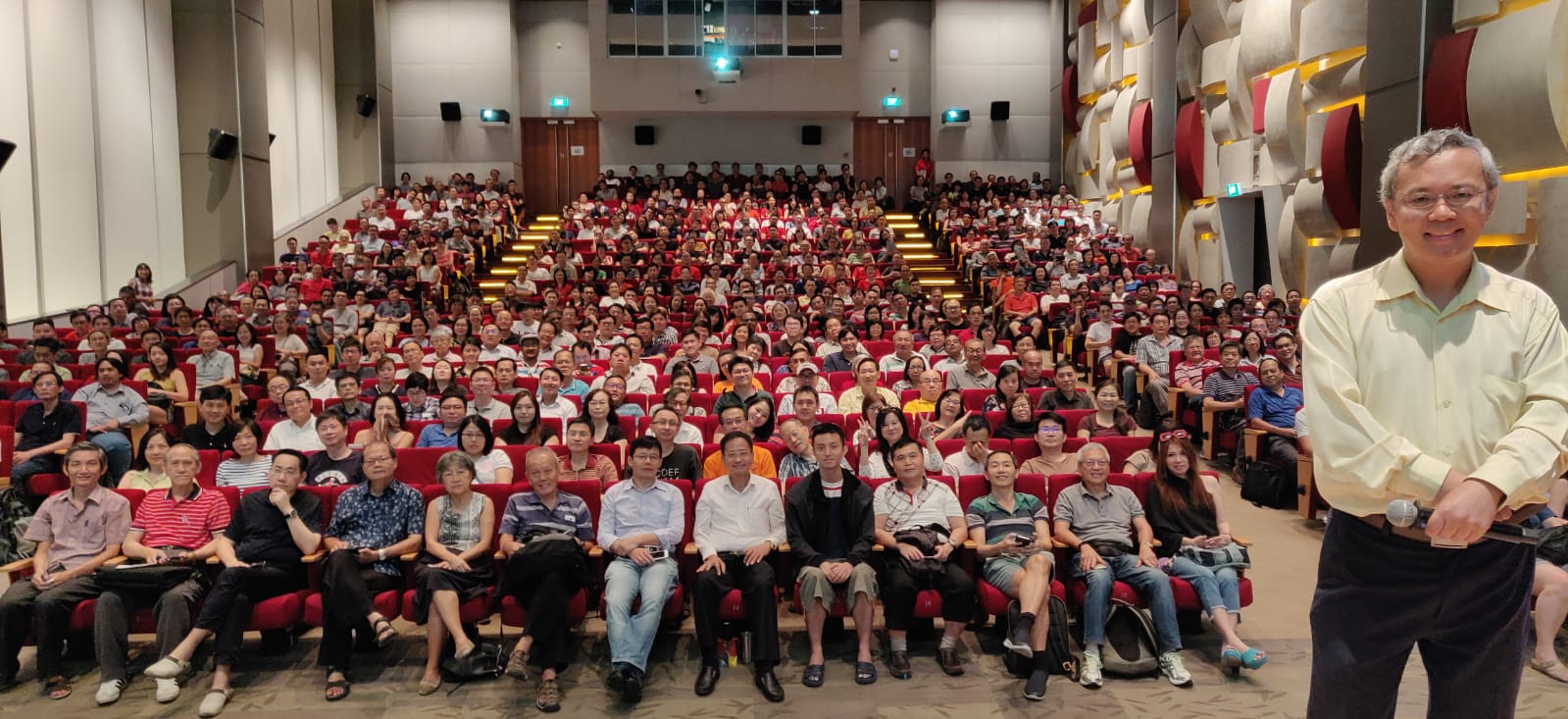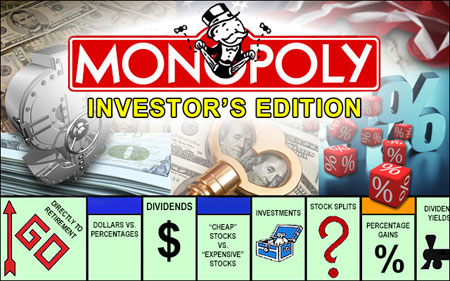
Stock exchange is a monopoly business, sponsor usually is by the government of entire country because stock market is an engine to provide capital for growth in business (Level 1 – individual company) and economy (Level 3 – country). At the same time, stock exchange usually is a profitable business for major economy, growth depends on trading volume of stocks and other derivatives, number of stocks listed and new IPO yearly, etc. Let’s learn the monopoly stock strategies (Optimism with FA + TA + PA) to profit from global stock exchange stock, using SGX stock (S68) as an example:
1) Personal Analysis (PA)
SGX has strong sponsor of Singapore government which is AAA credit rating. Not all the monopoly stocks are good choices for investing, especially for declining industry. SGX is a reflection of Singapore economy through stock market, a growing financial industry. Liquidity is a major constraint for SGX, therefore SGX has to collaborate with regional stock exchanges to promote flowing of investing funds globally.
2) Fundamental Analysis (FA)
Buy a stock means one is in partnership with someone doing business together. It is meaningless to buy cheap (common mistake for a beginner investor) for a stock if one does not know the value in business. SGX stock has over 30% ROE for the past 13 years, a strong growing company with stable positive operating cashflow generated each year. It is also a stable income generator (due to stable positive free cashflow) with yearly dividend yield of about 3-4% for the past 10 years (except for 7.5% dividend in year 2008 during subprime crisis due to drop in share prices with stable dividend).
3) Technical Analysis (TA)
SGX stock has been oscillating +/-30% between a tight price range of $6+ to $8+ for the past 10 years (correlating well with stable STI within 3000 +/- 300 points), a simple investing + trading strategy could be buying SGX share just above $7 while it is uptrend, shorting just below $8 while it is downtrend, collecting about 3-4% dividend along the way during the holding period (as if a fixed deposit in stock market with 3-4% “interest” if one ignore the little movement of share prices, double of 1-2% bank interest rates over the past 10 years).
SGX is a monopoly stock with strong fundamental (FA), protected indirectly by trusted sponsor, the Singapore government (PA), therefore a giant stock. A trader could simply apply optimism & TA to buy low sell high while it is moving in a cyclic way.
4) Optimism Analysis
Long-term Optimism of SGX stock is about 10% currently, considering an investing opportunity to invest at low optimism <25%. However, there are different qualities of low optimism or “crisis” stocks (price is much less than value), SGX low optimism at Level 1 (company) is not aligned with optimism at Level 2 (Financial Sector), Level 3 (country level, STI which is at mid optimism level of about 45%) or Level 4 (world level which is about 70% optimism for global stocks). Therefore, SGX is more suitable for swing trading (within $7-$8 share price range) in short term and/or dividend investing in medium term (collect 3-4% dividend yearly), instead of investing for long term (a global financial crisis is required to correct the share prices, only then one could invest to buy low and hold long term).
Interested readers may study other global stock exchanges, selecting a suitable one for possible investment, ideally aligning with Levels 1-4 crisis to buy low. FA performance and credit rating of sponsor (respective country) for different exchange could vary, do your own studies to compare with global stock exchanges, eg. Bursa, HKEx, etc.
There are other much better global monopoly stocks in the world, especially in private sectors which can have control over the prices of products or services to generate enormous profits. Another close example is ICBC (HKEx: 1398), world largest bank, a cyclic trading stock protected by FA & PA, similar strategy as SGX may be applied.
Interested readers may learn from 4hr free stock investment course by Dr Tee to learn the complete 10 strategies, including discussion of many local and global giant blue chip stocks with potential. Register Here: www.ein55.com

